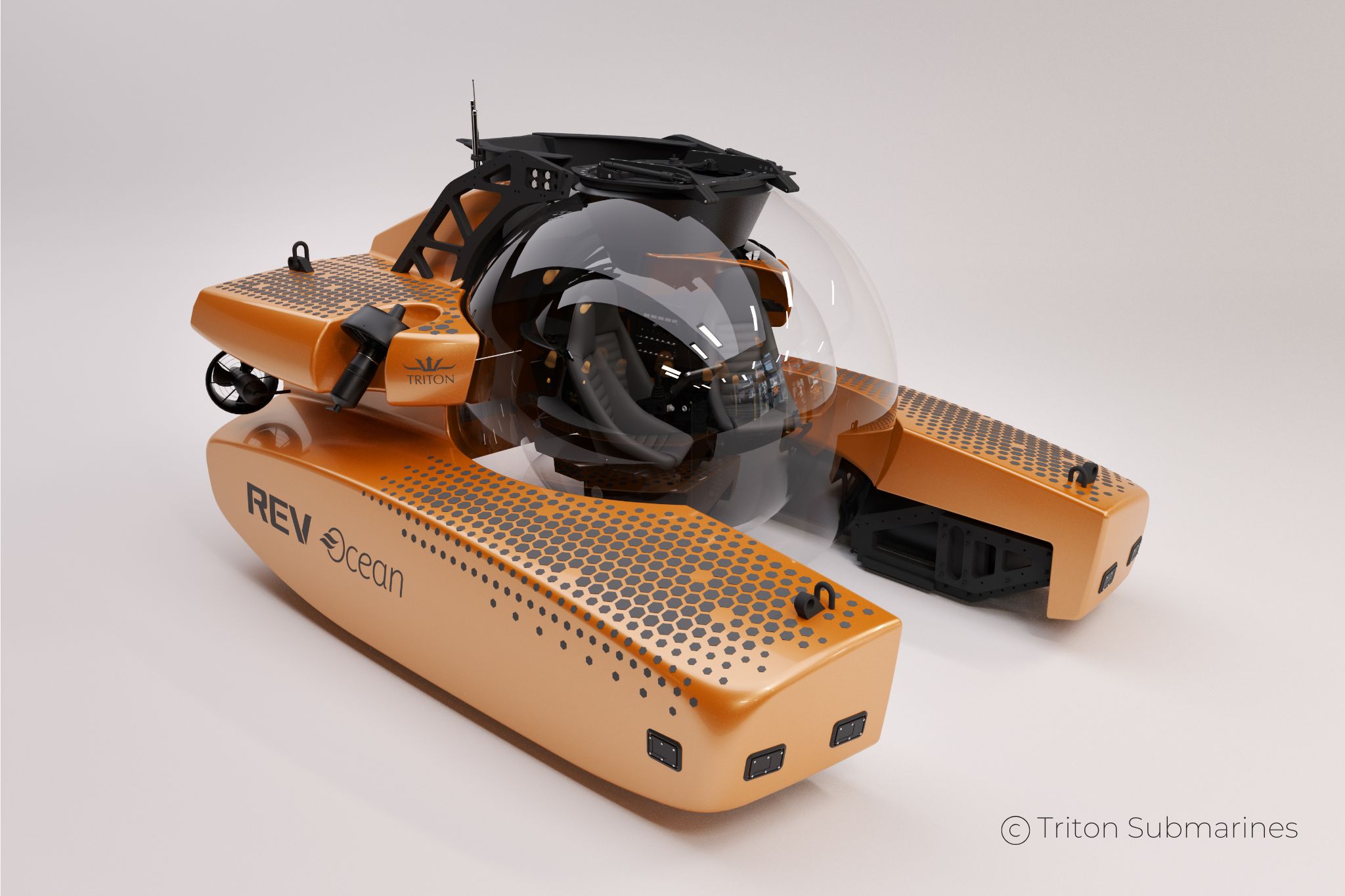As industries such as renewable energy, marine research, and underwater tourism continue to grow, the need for reliable and efficient subsea vehicles has never been greater. Innovations in design and materials are enabling these vehicles to dive deeper and operate more efficiently, opening new frontiers in both commercial and scientific applications. The subsea vehicle market is not just evolving; it's poised for a transformative leap that will redefine how we interact with our oceans and harness their resources.
But, with heightened safety concerns, coupled with ever-increasing operational costs, and more stringent environmental regulations, the industry faces a multitude of challenges.
As a result, subsea vehicle OEMs, owners and operators must look to guarantee the performance, reliability and quality of their equipment. Subsea buoyancy modules are crucial mission-critical equipment that ensures the stability and performance of underwater vehicles, enabling them to maintain desired depths and navigate challenging environments effectively. By providing essential buoyancy control, these modules enhance safety, operational efficiency, and the overall reliability of subsea vehicles during exploration and research missions.
It is therefore crucial that the quality and performance of the materials used to manufacture buoyancy modules is verified through independent testing and certification.
Building the case for independent testing and certification
Buoyancy modules play a critical role in the operation of a subsea vehicle. So how can owners and operators guarantee that the modules they use can perform as required during operation?
Buoyancy materials and modules should undergo comprehensive testing to guarantee their quality and reliability. For materials, these are primarily assessed via water absorption tests, hydrostatic crush pressure testing, and density checks. These evaluations are conducted during material development and qualification as part of the manufacturer’s R&D process.
When it comes to the buoyancy modules themselves, these should typically be subjected to calibrated weight-in-air and weight-in-water measurements to verify their performance. Additionally, dimensional checks using laser scanning technology ensure that the modules conform to the specifications outlined in the original CAD drawings. Buoyancy modules can also undergo full-size pressure testing to determine their performance at maximum operating depths, providing suitably sized facilities are available.
The current industry practice of verifying the performance of buoyancy materials and modules is predominantly carried out by the buoyancy manufacturers themselves. The reason this is so readily accepted is that most manufacturers own the required testing equipment. There is however no industry-wide requirement for such testing to be conducted or witnessed by a third party, or for a manufacturer’s testing equipment to be reviewed, unless a manufacturer is ISO 9000 accredited, where it would be included within the quality management system (QMS). This could be said to represent a potential conflict of interest, given manufacturers are essentially self-certifying their own products.
Certifying excellence: DNV certification
Widely recognised as one of the world’s leading classification societies, DNV is an independent expert in assurance and risk management for the maritime industry. While DNV certification is not a mandatory requirement within the subsea industry, it serves as a crucial benchmark for quality performance assurance.
Organisations that achieve its certification demonstrate a commitment to adhering to rigorous standards and best practices, which enhances the reliability and safety of their solutions. DNV certification involves comprehensive assessments and audits, ensuring that systems and processes meet strict criteria for design, manufacturing, and operational performance.
When it comes to subsea buoyancy, DNV type approval is only awarded to a handful of companies. The rigorous process for approval includes the witnessing of successful testing of a buoyancy materials’ mechanical and hydrostatic properties. This process sees a manufacturer perform pressure tests on samples of the material at a variety of pressures for a variety of timescales. In addition, a range of mechanical tests - such as tensile strength, shear strength and flexural strength – are also conducted on samples of the buoyancy material.
DNV certification undoubtedly provides subsea vehicle owners and operators with a greater level of confidence in the performance and durability of the materials they are relying on. But, while the DNV certification of buoyancy materials isn’t necessarily essential for all applications, it should be mandated across applications like human-operated vehicles (HOVs) where reducing risk should always be paramount.

Case study: Maintaining the DNV classification of the world’s finest submersibles
Triton Submarines, a cutting-edge submersible design and manufacturing company dedicated to challenging conventional thinking and pushing the boundaries of innovation to increase ocean awareness and advocacy, recently turned to Base Materials to support the upgrade of the Triton 7500/3, the world’s deepest diving three-person acrylic submersible.
The Triton 7500/3 offers passengers a remarkable 360-degree view of the underwater wonders, enabling an immersive experience during dives that can reach depths of 2,286 meters (7,500 feet) for durations exceeding 10 hours.
To enhance the submersible’s capabilities, six additional DNV certified buoyancy modules were required to achieve the necessary uplift to allow the vessel to dive over 1.4 miles subsea. This necessitated a collaboration with a strategic partner who not only boasts in-depth knowledge of subsea buoyancy solutions but could provide DNV certified machined modules ready for installation, which would fit seamlessly within the composite structure of the submersible.
The designs of the new modules were provided by Triton Submarines and manufactured from Base Material’s DNV approved Subtec® 3,000 buoyancy material, a low-density high-performance syntactic foam material, which is qualified for use in seawater depths down to 3,000 metres.
In addition to providing the Subtec® 3,000 buoyancy material, Base Materials delivered a full end-to-end solution, leveraging its network of trusted partners to conduct CNC machining of the modules to ensure they were built to meet the project’s precise design specifications, ready for installation.
Ensuring buoyancy material quality and reduced risk
As the subsea vehicle industry continues to grow, the importance of ensuring the quality and reliability of buoyancy materials cannot be overstated. While DNV certification is not mandatory, it offers a vital benchmark for performance assurance, providing manufacturers, ROV owners, and operators with the confidence needed to navigate an increasingly complex operational landscape.
Independent testing and certification not only enhance safety and efficiency but also helps mitigate the risks associated with deploying subsea vehicles in challenging environments. As the industry continues to advance, prioritising rigorous quality standards is essential for fostering innovation, whilst ensuring environmental compliance and safeguarding the lives of those who work in these demanding underwater environments.
First published in Ocean Robotics Planet Magazine, 2025.
OTHER NEWS
Sorry, we couldn't find any posts. Please try a different search.
